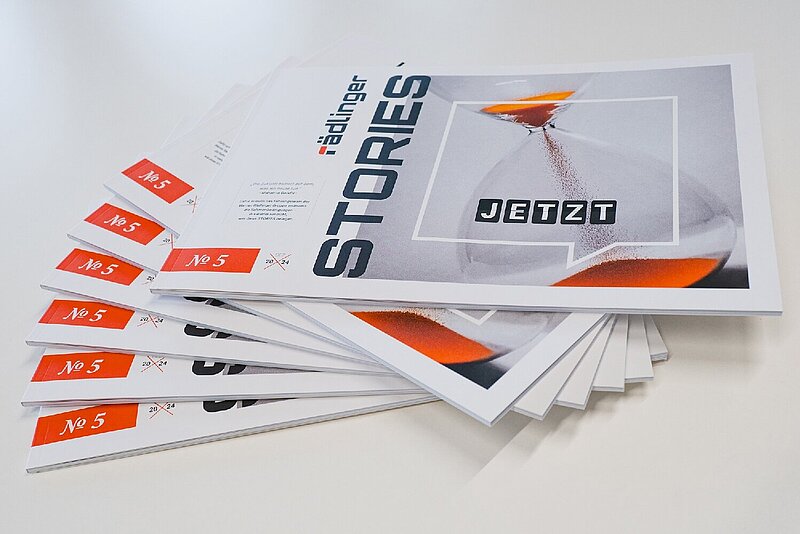Rio Tinto - the world's second-largest metals and mining corporation - is targeting a 50% reduction in scope 1&2 emissions by 2030 and is looking for solutions throughout their business to reduce their carbon footprint. Rio Tinto defined a section of a DN 550 mild steel cement lined potable water pipe that supplies the remote mining town of Paraburdoo in Western Australia as a high risk due to the pipe condition. The one-kilometer-long section of the pipeline crosses a creek and runs through areas of cultural heritage sensitivity. Instead of replacing the main by traditional dig and lay, Rio Tinto decided to look for a non-invasive, more ecofriendly approach. The trenchless relining technology Primus Line® was the perfect fit for the project. By inserting Primus Line’s flexible aramid-reinforced pipe-in-pipe system into the existing main, the life expectance of the asset will be extended by at least 50 years. Primus Line’s Australian partner Interflow was awarded the delivery of the project. Interflow is one of Australia’s leading pipeline infrastructure companies and a specialist in trenchless pipeline rehabilitation.
Little equipment, flexibility on site and precise project planning
Only a small amount of equipment is needed to install the trenchless Primus Line® technology. For projects like this in remote regions, this is a decisive advantage, as the transport effort to the installation site is low. The one-kilometer-long flexible Primus Liner got delivered on one single transport spool. Depending on the diameter of the flexible Primus Liner, up to 4,500 meters can be coiled on one single spool. Respectively only one truck was necessary to transport the spool and the corresponding fittings on site. To transport the same amount of new steel pipe to the mining town Paraburdoo, which is located about 1,500 kilometres from Perth in the Australian outback, at least five trucks would be required.
To gain access to the existing pipe only one small pit on either end is necessary, which can be created using a mini excavator. This also guaranteed that the areas of cultural heritage sensitivity remained untouched during the entire project duration.
According to global management consulting firm McKinsey, diesel emissions in the mining sector contribute to 100 million tons of CO2 globally. By using the trenchless Primus Line® technology, the emission of CO2 on site as well as the amount of earth movements can be reduced by over 90% compared to traditional dig and lay. Besides a pulling winch, only some specialist tools are required to install the Primus Line system in the existing pipeline. Nevertheless, exact project planning is a prerequisite, because support services or subsequent deliveries would quickly lead to major project delays due to the remote location of Paraburdoo. Interflow and Primus Line therefore engineered the project hand-in-hand to guarantee a smooth execution.
Rapid recommissioning under extreme conditions
The town of Paraburdoo sits on the edge of the desert and thus there is an average of over 70 days per year where the temperature rises above 40°C. Compared to traditional methods, a trenchless approach reduces the installation time to a fraction and therefore also the hours that the crews are exposed to the heat. The installation of the nearly 1,000-metre-long Primus Liner could be realized in one single pull within only one working day. Consecutively the end fittings got installed and a pressure test confirmed the successful installation. The Paraburdoo project is not the first in which Rio Tinto has used the AS/NZS 4020 certified Primus Line® technology for drinking water. In Cape Lambert, a port facility operated by Rio Tinto, Interflow already successfully rehabilitated over two kilometres of HDPE pipeline using the Primus Line® system.
Around the globe, the technology has already been used in over 50 countries in more than 1,000 projects, not only for the rehabilitation of water pipes, but also for the renewal of oil, diesel or gas pipelines, e.g. in industrial plants, refineries, airports or port terminals.





